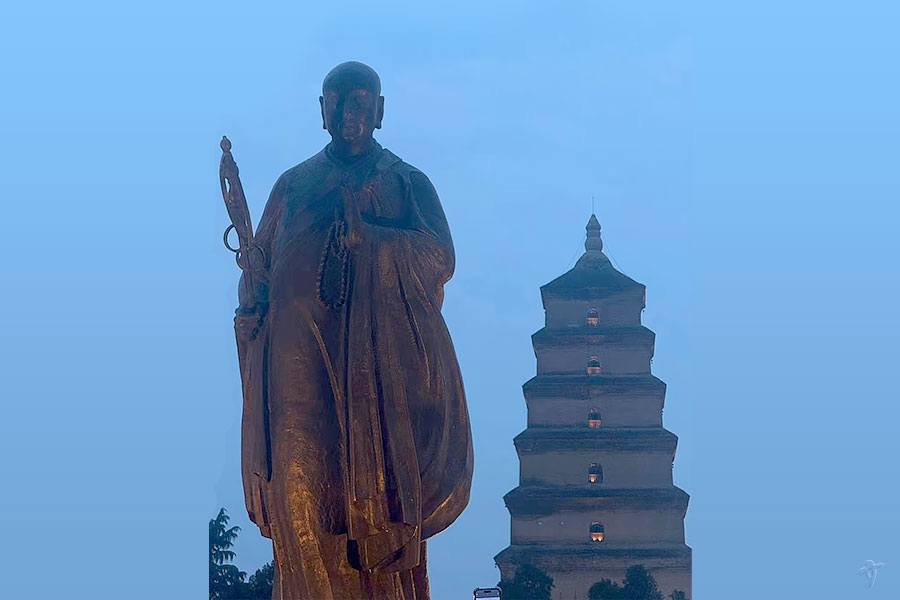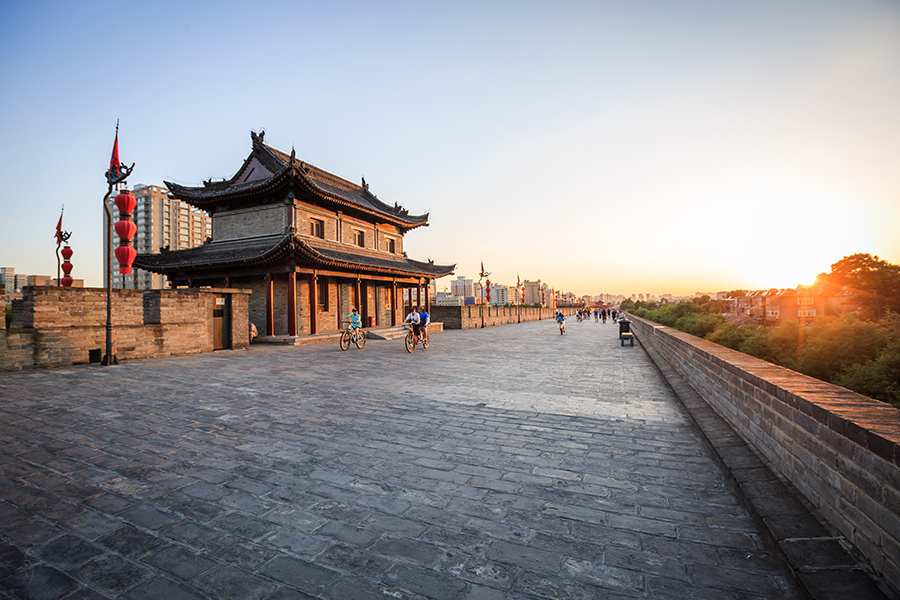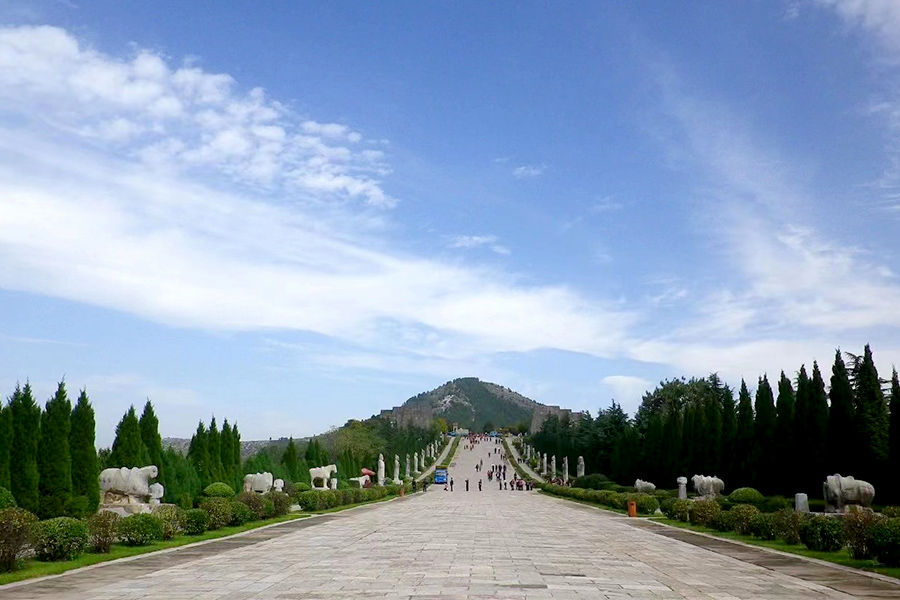Small Wild Goose Pagoda

Chinese name: 小雁塔
Location: inside the Jianfu Temple of Xi'an Museum, Xi'an City, Shaanxi Province.
Entrance fee: 3000 free tickets are offered daily. For the rest, 20 Yuan for visiting outside the pagoda only and 50 Yuan for both visiting outside and climbing the pagoda.
Opening time: 09:00-16:00 (closed on Tuesday)
How to get there: take buses No.18, 203, 204, 218, 21, 224, 29, 32, 407, 40, 410, 46, 508, 521, 700, 707, 713, 720 or tourist bus No.7 and 8, get off at Xiaoyan Ta Zhan(小雁塔站, stop of Small Wild Goose Pagoda).
Introduction to Small Wild Goose Pagoda
The Small Wild Goose Pagoda located inside the Jianfu Temple today was originally a 45-meter-high structure with 15 storeys. It was constructed in 707 AD in Tang Dynasty (618-907) to store the Buddhist sutras and objects that Master Yijing brought from India. It was named after "Wild Goose Pagoda" as well as the Big Wild Goose Pagoda due to the similar appearance and function.

In 1487, an earthquake attacked the pagoda and caused ashatter crack on the body of the pagoda. Later on, a layer of bricks was piled outside the base to reinforce the pagoda. In 1555, the pagoda suffered from another strong earthquake, which chipped off two storeys of the top of the pagoda – that is why it is 43.3 meters in height today. And the shatter crack produced in 1487 was not repaired until 1965.
The Small Wild Goose Pagoda and the Jianfu Temple were constructed away from each other at the very beginning. At the end of Tang, the temple at its original site was destroyed in wars and afterwards it was rebuilt surrounding the pagoda. After that, the pagoda got a new name – Pagoda of Jianfu Temple.
Jianfu Temple
The place where the Jianfu Temple was first built was the former mansion of Princess Xiangcheng, the daughter of Emperor Tangtaizong (599-649) of Tang Dynasty. In 684 a temple named "Xianfu Temple" was constructed there ordered by Emperor Tangruizong (662-716) for praying for his departed father Emperor Tanggaozong (628-683) and the name was replaced by "Jianfu Temple" in 690 during the reign of Empress Wu Zetian (624-705).
The temple gradually declined with the downfall of Tang. In 1462 (Ming Dynasty) a monk who paid a visit to the temple expressed his wish to the royal court to renovate the temple and successfully gained the chance. When the big repair project finished in 1449, a plaque with the handwriting of Emperor Mingyingzong (1427-1464), which is still hung there now, was bestowed to the temple and the temple resurged for another time. In the following Qing Dynasty (1644-1911), continuous repair to Jianfu Temple kept it in good addition and the Sutra Mansion and the South Gate were added during the dynasty.
The ancient architectural complex of the Jianfu Temple existing now are of Ming and Qing dynasties, with the Mountain Gate, the Bell Towers and Drum Towers, the Maitreya Mansion, the Mahavira Hall, the Sutra Mansion, the Small Wild Goose Pagoda, the White Robe Mansion and some other buildings scattering from south to north, plus some stone human statues and some stone pillars for tying horses as well as folk art exhibits.
In the temple there is the iron bell made in 1192 (Jin Dynasty). It is 3.55 meters high, about 8000 kilograms weight, originally belonging to another temple but later getting missing. In Qing Dynasty it was found on the river bed of the Wei River and then moved into the bell tower next to the Small Wild Goose Pagoda.
Some other attention-getting objects inside Jianfu Temple are the ten 800-1300 years old ancient trees – nine Chinese scholartrees and one catalpa tree.
Master Yijing
Yijing departed from Chang'an (Xi'an) to India via Guangzhou to study Buddhism in 671 (Tang Dynasty). For 25 years he travelled throughout over 30 countries around and finally got back to Chang'an with 400 Sanskrit Buddhist sutras, which were translated into Chinese by the master in Jianfu Temple. Also, Yijing had written some books about his experiences abroad, which is considered to be great contribution to communication between the world and China.
Xi'an tours
Quick Questions
Our team is waiting for your questions. Please feel free to ask us any questions you might have about our China package tours, Chinese culture, or the sites available. We will gladly help you with any special needs you might have and all questions, like our trip designing is completely free of charge.









